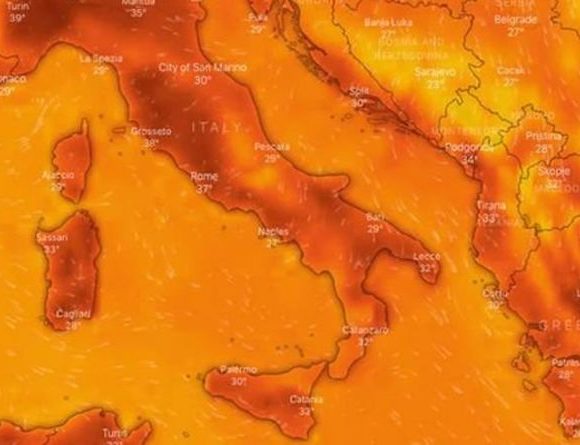
A medieval tower in Bologna, Italy, named the Garisenda Tower, which rivals the famous leaning tower of Pisa in its tilt, has been closed off due to concerns over its potential collapse. The 12th-century tower, standing at 47 meters with a four-degree tilt, is now enclosed by a 5-meter high barrier to contain potential debris if it were to fall. Recent monitoring has detected shifts in the tower’s tilt direction, leading the city council to deem the situation “highly critical.”
The city council has initiated a civil protection plan to safeguard the Garisenda Tower. The construction of a €4.3 million barrier is underway as the first phase to ensure the tower’s stability. This barrier, set to be completed early next year, will not only contain potential debris but also protect surrounding structures and individuals in the event of a collapse. Additionally, metal rockfall nets will be installed around the tower to enhance safety measures.
The closure of the Garisenda Tower comes after the site was first shut down in October. Sensors detected changes in the tower’s tilt, prompting inspections that revealed deterioration in the materials forming its base. The restoration work is anticipated to take several years, and both the tower and the plaza beneath it will remain inaccessible during this period.
To fund the restoration efforts, the city council has launched a crowdfunding campaign, emphasizing the significance of this project as an “extraordinary challenge” requiring commitment not only from the local community but also from individuals worldwide who cherish Bologna and its iconic symbols. The Garisenda Tower, along with the Asinelli Tower, forms a historic pair that has adorned the Bologna skyline since their construction between 1109 and 1119. The Garisenda’s height was reduced in the 14th century due to its leaning, and it is notably mentioned in Dante’s Divine Comedy, completed in 1321.
Picture Courtesy: google/images are subject to copyright

